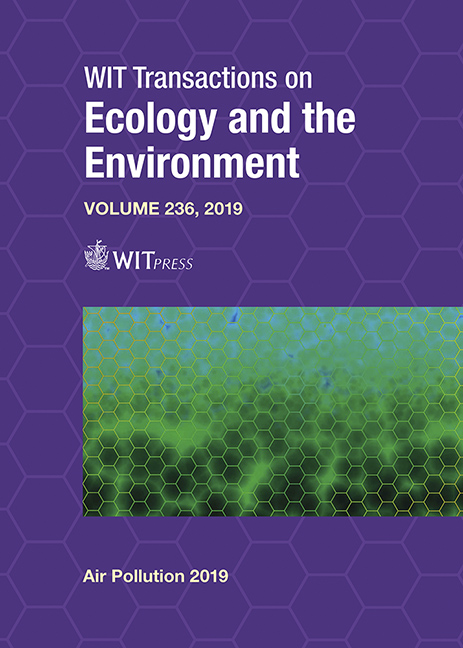PERSPECTIVES OF STACK AND ENVIRONMENTAL MONITORING IN THE SURROUNDINGS OF A WASTE-TO-ENERGY PLANT
Price
Free (open access)
Transaction
Volume
236
Pages
9
Page Range
267 - 275
Published
2019
Size
515 kb
Paper DOI
10.2495/AIR190261
Copyright
WIT Press
Author(s)
LUCA ADAMI, MARCO SCHIAVON, MARTINA FERRAI, LORIS DALLAGO, ELENA CRISTINA RADA, MARCO TUBINO, MARCO RAGAZZI
Abstract
Waste-to-Energy (WtE) processes respond both to the emerging need for reducing the flow of waste into the environment and, at the same time, to the increasing demand for energy. Despite, these evident advantages, WtE plants still present some critical issues regarding the emissions of heavy metals into the atmosphere, which are regulated by the environmental legislations but, concerning the European Union, are regarded as groups of metals with no consideration of the different carcinogenic potential of each metal. In addition, there are uncertainties on the estimation of the balance of carbon dioxide, which depends on several factors like transportation, type of incoming waste, processes in use and secondary emissions. Despite great improvements in air pollution control from this sector, persistent organic pollutants are still emitted by WtE plants. Therefore, the implementation of adequate environmental monitoring (EM) plans is essential to monitor the impact of WtE plants in their surroundings, especially in the presence of the population, fields and pastures. In view of these considerations, this paper aims to provide guidance on basic and novel approaches that are necessary for a comprehensive monitoring of the impacts of a new WtE plant in terms of air quality and public health. A case study regarding the EM plan proposed for a new WtE plant will also be reported as an example.
Keywords
ambient air, soil, deposition, sediments, dioxin, heavy metals, gasification, waste management





